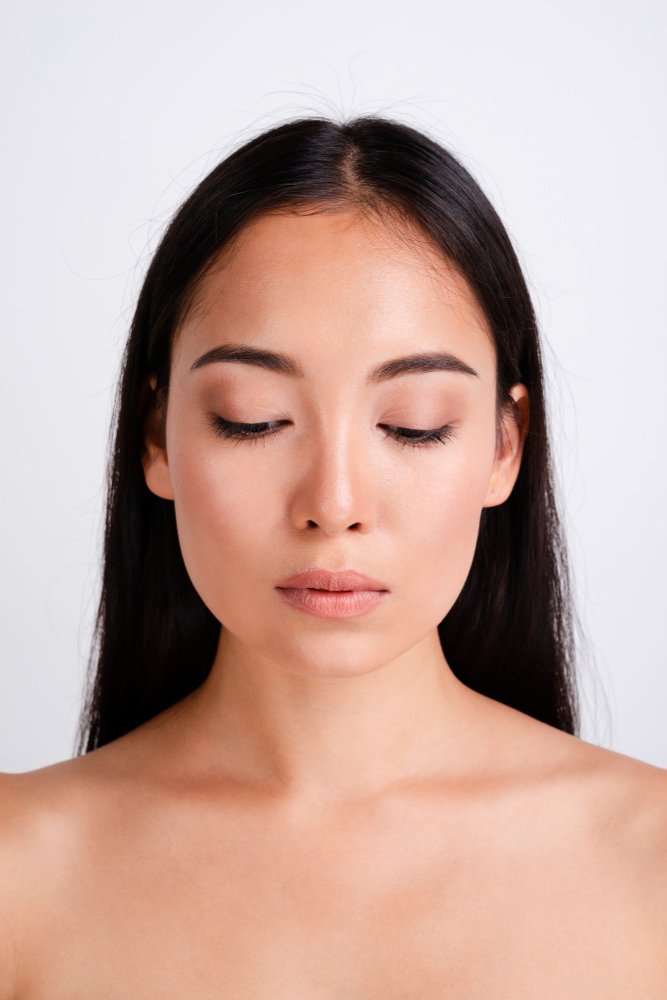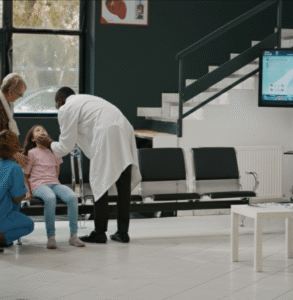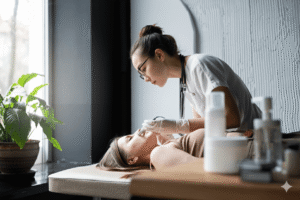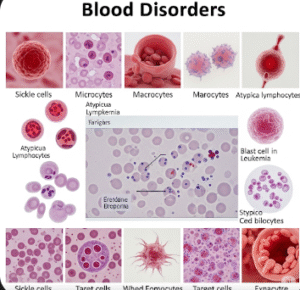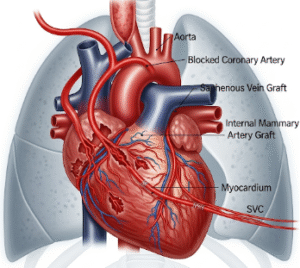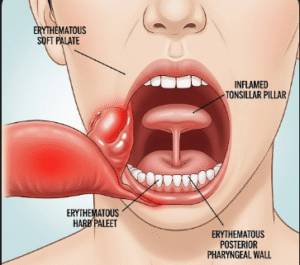What It Is
Primary rhinoplasty refers to the first nose surgery a patient undergoes to reshape, resize, or correct the nasal structure. Unlike revision rhinoplasty, which corrects previous surgeries, primary rhinoplasty is performed on patients who have never had nasal surgery before. It may involve altering the bone, cartilage, or soft tissues of the nose to improve both appearance and breathing function. In Korea, primary rhinoplasty is one of the most sought-after cosmetic procedures, popular among both locals and international patients due to Korea’s advanced surgical techniques and natural-looking results.
Why It’s Done
Patients choose primary rhinoplasty for both cosmetic and functional reasons:
- Cosmetic purposes: Refining nasal bridge height, narrowing wide nostrils, reshaping the nasal tip, correcting asymmetry, or harmonizing the nose with other facial features.
- Medical/functional purposes: Correcting structural deformities such as a deviated septum, congenital nasal issues, or trauma-related deformities that cause breathing difficulties.
- Age factors: Usually performed after nasal growth is complete (around 16–18 years of age).
- Lifestyle factors: Patients seeking improved self-confidence, better facial harmony, or career advantages in industries where appearance is highly valued (common in Korea).
Alternatives
Before undergoing surgery, patients may consider:
- Non-surgical rhinoplasty (liquid rhinoplasty): Using dermal fillers to temporarily enhance nasal shape.
- Nose contouring with makeup: Only cosmetic, not structural.
- Septoplasty alone: If the primary concern is breathing problems without cosmetic issues.
Preparation
Patients preparing for primary rhinoplasty in Korea should:
- Undergo a consultation with a board-certified plastic surgeon.
- Provide medical history and list of medications.
- Stop smoking and avoid alcohol for at least 2 weeks before surgery.
- Discontinue blood-thinning medications (e.g., aspirin, ibuprofen) with doctor approval.
- Take pre-operative tests such as blood tests and imaging scans.
- Follow fasting instructions (typically no food or drink for 6–8 hours before surgery).
How It’s Done
- Anesthesia: Usually performed under general anesthesia or local anesthesia with sedation.
- Incision methods:
- Closed rhinoplasty: Incisions are hidden inside the nostrils, leaving no visible scar.
- Open rhinoplasty: A small incision is made across the columella (the strip of tissue between nostrils) for greater precision.
- Surgical steps:
- Cartilage and bone reshaping for bridge and tip refinement.
- Cartilage grafts (from septum, ear, or rib) if additional support is needed.
- Adjustment of nostril width if required.
- Internal corrections (e.g., septoplasty) for breathing issues.
- Duration: Typically 2–3 hours.
- Hospitalization: Usually outpatient; patients return home the same day.
Recovery
- First week: Swelling, bruising, and nasal splint in place. Breathing may be difficult due to packing.
- 1–2 weeks: Stitches and splint removed. Most bruising subsides. Patients can return to work or school.
- 1–3 months: Swelling continues to reduce, tip refinement becomes more visible.
- 6–12 months: Final results settle, nose shape stabilizes.
Possible Complications
- Swelling and bruising
- Nosebleeds
- Temporary numbness
- Infection (rare with proper care)
- Scarring (more common in open rhinoplasty)
- Asymmetry or dissatisfaction with results (may require revision)
Treatment Options in Korea
Korea is globally recognized for excellence in rhinoplasty:
- Advanced hospitals and clinics: Equipped with 3D imaging systems, modern anesthesia, and sterile surgical environments.
- Experienced surgeons: Specialists perform thousands of rhinoplasties annually, ensuring refined skills.
- Cutting-edge techniques: Use of cartilage grafts, DCF (diced cartilage fascia), and minimally invasive methods.
- Cost-effectiveness: Significantly more affordable compared to the U.S. or Europe, with world-class quality.
- International patient support: Translation services, tailored recovery programs, and medical tourism packages.
- High success rates: Korean surgeons emphasize natural outcomes that suit the patient’s facial harmony rather than an artificial look.

